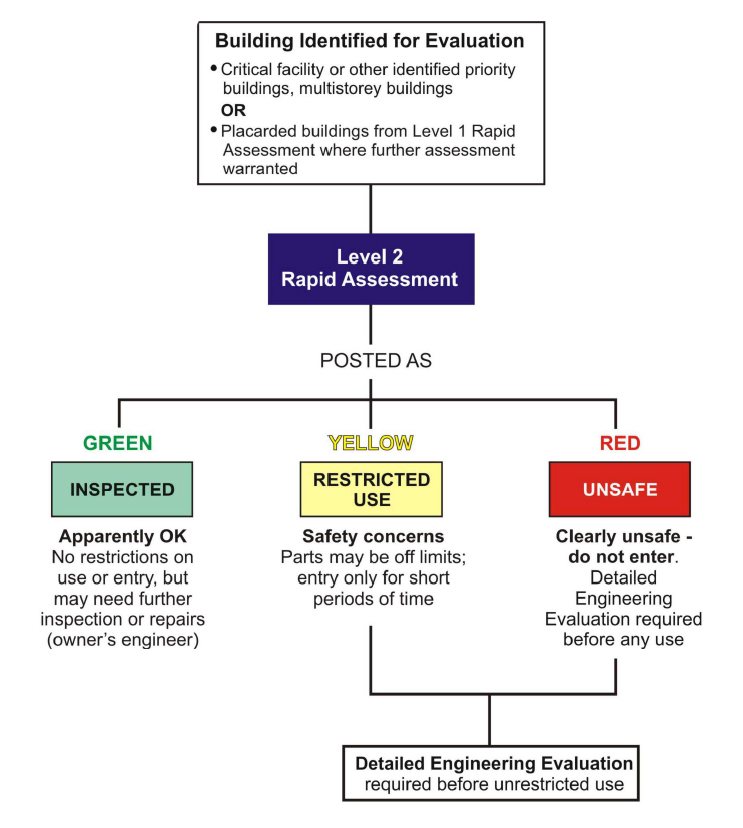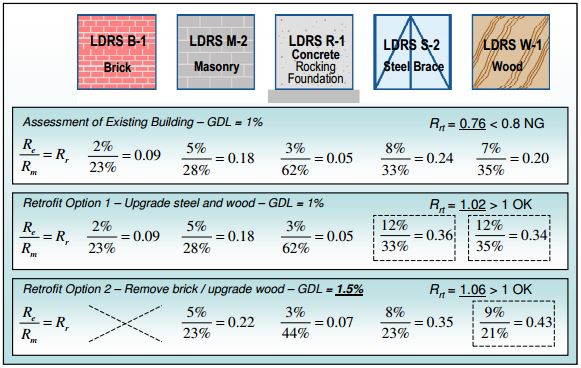On February 13, Christian and Vickramjit visited the client, Dorit Mason, at the North Shore Emergency Management Office located in North Vancouver.
Dorit presented an overview of the NSEMO and the goals associated with the organization. It was explained that the NSEMO was a joint commission of three municipalities within the lower mainland: the City of North Vancouver, the District of North Vancouver, and the District of West Vancouver. The NSEMO office acts as The NSEMO organization is unique in the lower mainland, such that it allows participating municipalities to act on behalf of each other to certain a certain extent when concerning emergency events.

Source: North Shore Emergency Management Office
http://www.nsemo.org
We were debriefed regarding a variety of topics including:
- Staff training programs
- Emergency Operations Centre (EOC) training
- EOC information traffic
- Communication with the public (formation of a public consulation document)
- Website/Information updates
- Public Education
- Personnel trained for assessment
- Implementation during/after disasters
- Classification of structure importance
- Precedent examples (Japan, Christ Church)
- Feasibility of programs developed by other organizations
- Transferability to other disasters (focusing on earthquakes for this project)
We will be looking deeper into these topics, researching past information and findings, discerning liability issues, and giving recommendations based on our findings. We will also identify aspects of the project that may be subject to more complicated systems than originally inferred.
Additionally, Dorit pointed us towards a number of individuals involved in these other projects and aspects of emergency management, such as the BC housing documentation – a province wide rapid damage assessment program. We are planning on establishing contact with a few of these individuals in order to take their experiences into consideration within this project.
We have planned to outline the scope and tasks that we are prepared to tackle during the duration of this project clearly – we will then confirm this information with Dorit in order to ensure that both the team and the client are working towards the same common goal, and are clear about the deliverables that are expected with this project.
It was agreed that a report will also be produced and delivered to the client, as well as a presentation outlining what the team has accomplished. The dates of both of these deliverables are tentative, but will be confirmed once we have more information of the timelines assigned within the class.

